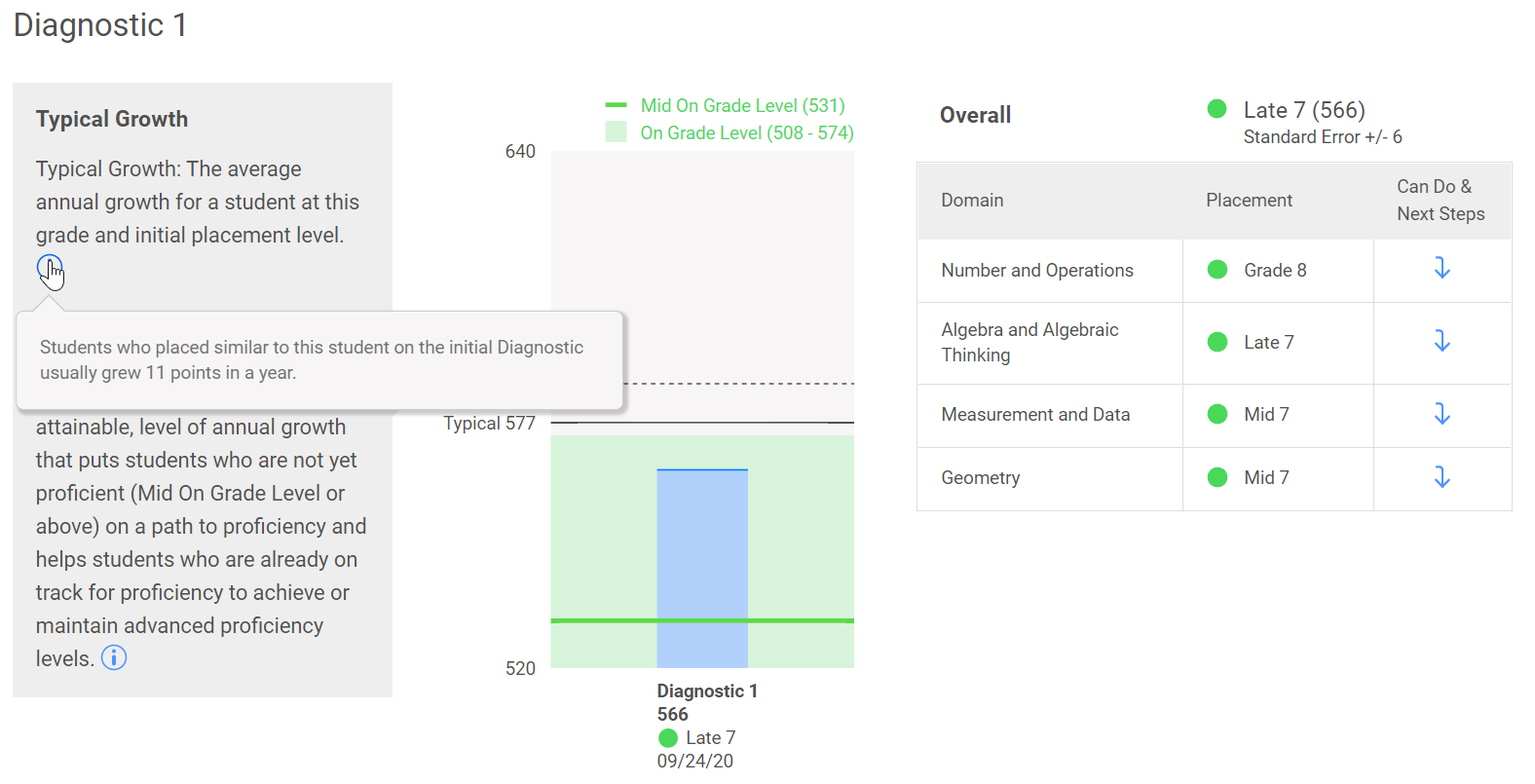A common question asked by school and district leadership is what do we need to do in order to get our students/teachers/school/district/community ready to engage with and find success in a problem-based curriculum like Illustrative Mathematics K-12?
Catalyzing Change “underscores the importance of children as active doers and sense makers of mathematics, who author and generate mathematical strategies and share their mathematical insights, not just become passive recipients of information (NCTM, 2020).”
Many districts seek to transition from teacher centered classrooms (passive) to student centered classrooms (children as sense makers), but the change seems insurmountable. There is often talk of “the shift” in pedagogy that has to occur in order for teachers to be successful. Common questions are how do we engage teachers in making that shift? What types of experiences do teachers and leaders need to take part in?
Before starting to think about student readiness, it is critical to assess the readiness of teachers and leaders in the system. What are the goals for math classrooms? What are your beliefs about how students should engage with mathematics? Are those views widely accepted in your context? Have you developed collective commitments about these shared goals and have key stakeholders been involved in that process?
When selecting a new mathematics curriculum, focusing on goals for instruction might be a great place to start. Questions to ponder might be, when I walk into a math classroom, what do I hope to experience? In this classroom, what is the role of the student? What is the role of the teacher?
In the publication Principles to Actions, The National Council for Teachers of Mathematics lays out eight instructional practices that “represent a core set of high-leverage practices and essential teaching skills necessary to promote deep learning of mathematics. (NCTM, 2014)”
- Establish goals to focus learning
- Implement tasks that promote reasoning and problem solving
- Use and connect mathematical representations
- Facilitate meaningful mathematical discourse
- Pose purposeful questions
- Build procedural fluency from conceptual understanding
- Support productive struggle in learning mathematics
- Elicit and use evidence of student thinking
If these practices are considered the foundation for equitable mathematics instruction, how will the curriculum being reviewed allow teachers to utilize them in interactions with students? Will they guide the curriculum search, professional learning, and implementation goals? These practices might be used as part of a rubric or lens for viewing curriculum materials; To what extent does <insert curriculum> support teachers in engaging in each of the practices outlined above?
Another key component of choosing a curriculum is how students will be able to engage with mathematics. A question here might be, how does this curriculum support students in engaging in the mathematical practices? How does the structure and content of the curriculum foster positive student identities in mathematics? How does the curriculum structure and embedded supports promote access and equity?
Selecting a curriculum is one step in a journey towards student centered math classrooms. NCTM’s Taking Action states that “even though well-intentioned, sometimes the demands of high-level tasks are reduced by teachers, almost subconsciously, in their attempt to help students move beyond confusion and struggles in order to reach correct solutions (NCTM, 2017).”
Teacher actions are at the heart of successful implementation. So the question is, once we have the goals and tasks in an aligned curriculum, how do we empower teachers to engage with the curriculum in such a way that students are positioned as mathematical sense makers?
NCTM’s Principles to Actions recommends that school leaders, “support sustained professional development that engages teachers in continual growth of their mathematical knowledge for teaching, pedagogical content knowledge, and knowledge of students as learners of mathematics (NCTM, 2014).”
NCTM’s Catalyzing Change adds that “teachers need time for professional collaboration and support to use curricular resources well and to ensure lessons and units are responsive to children’s strengths, needs, interests, and cultural and linguistic backgrounds (NCTM, 2020).”
When making a decision about curriculum selection and implementation, it is imperative that it is coupled with professional learning experiences that will allow teachers to continually engage in and plan for best practices for instruction. In preparing for implementation, other considerations might be, how can we set up our school calendar to provide time and space for teachers to learn from and with each other throughout the year? What structures (coaching and reflecting) do we have in place to support teachers with ongoing learning and reflection?
In making these decisions, it is imperative that national recommendations be at the center of decision making. Below is a list of NCTM publications that provide recommendations and support resources:
- Principles to Actions
- Each of the following books offer grade band specific versions:
- Taking Action: Implementing Effective Teaching Practices
- Catalyzing Change in Elementary Mathematics
- The 5 Practices in Practice
Looking for a problem based math curriculum? Learn more about Illustrative Mathematics K-12 Math.
Click here to access the entire OER curriculum free.





